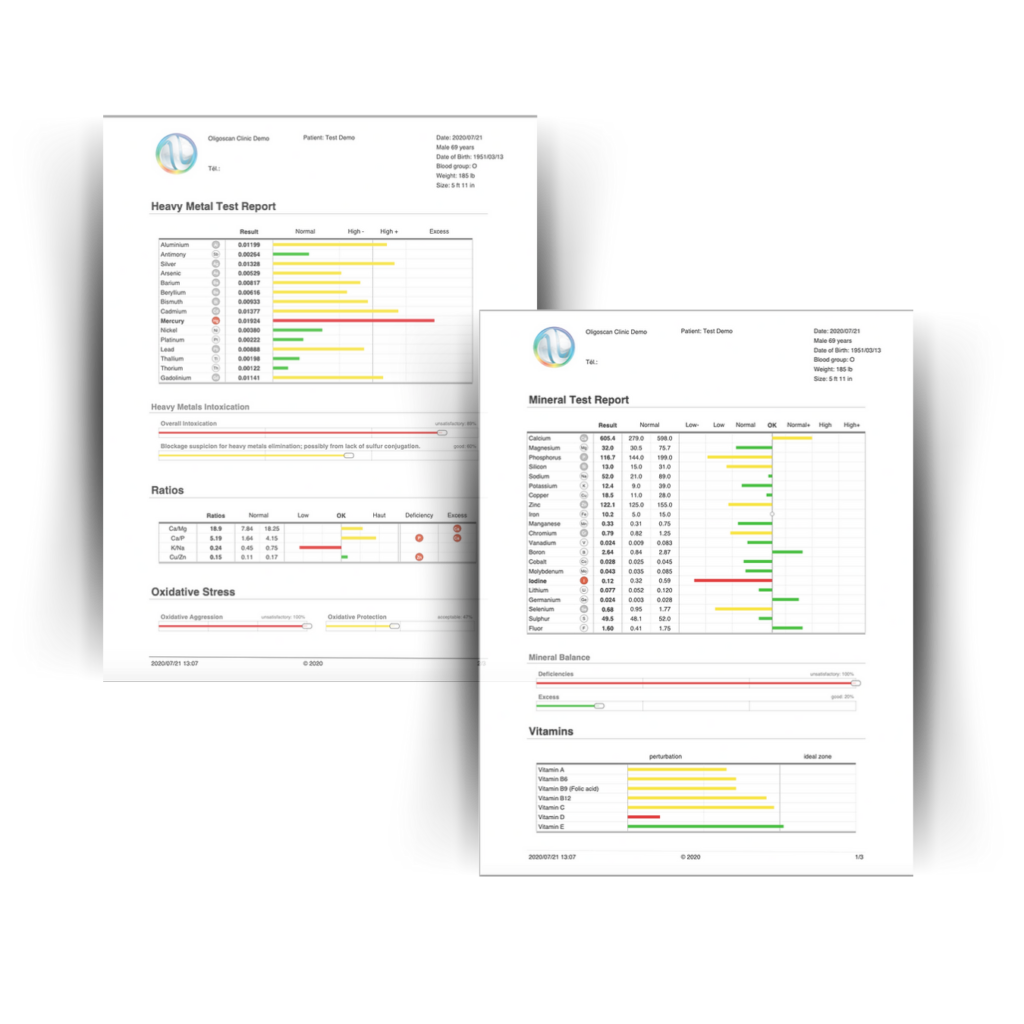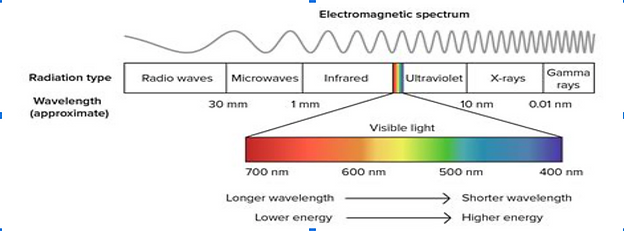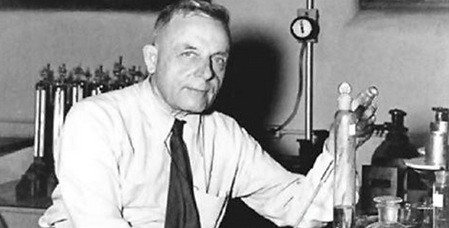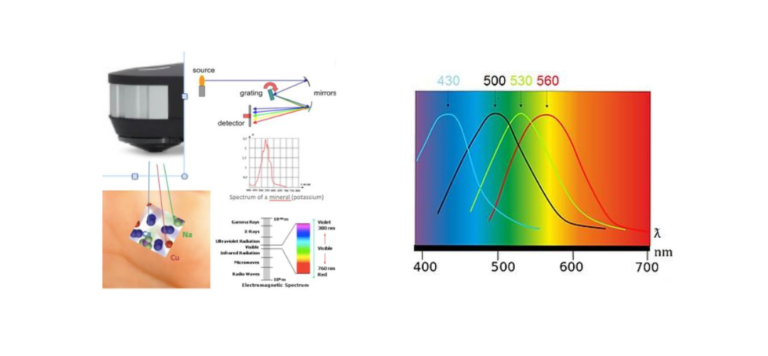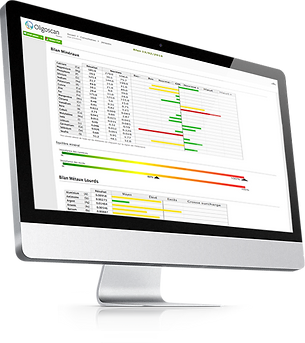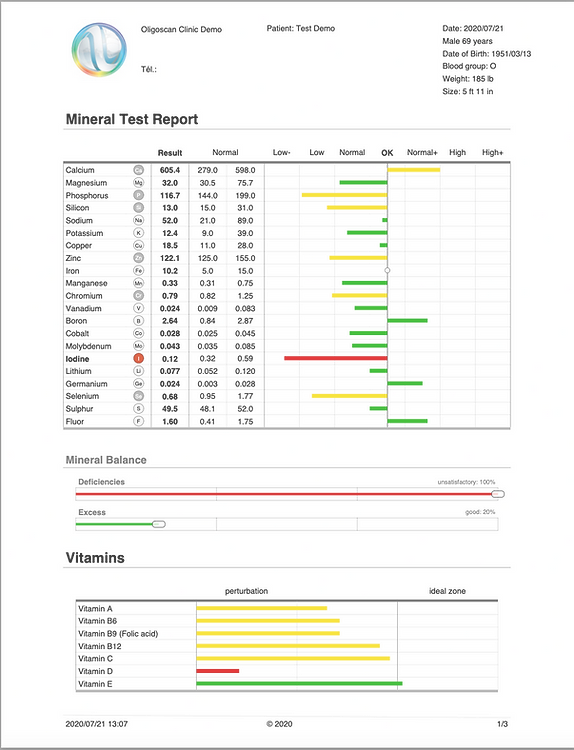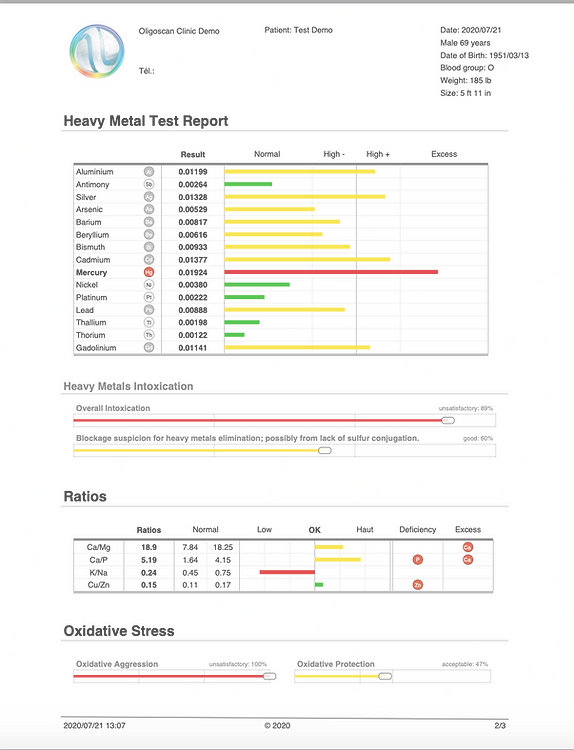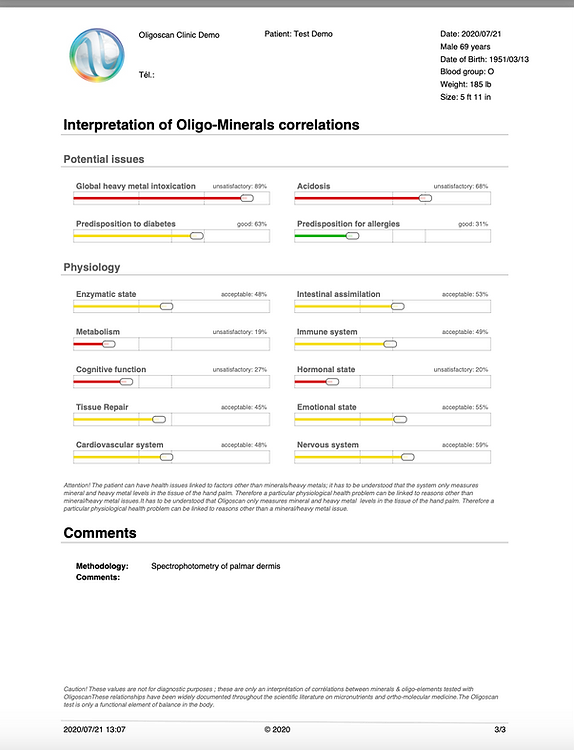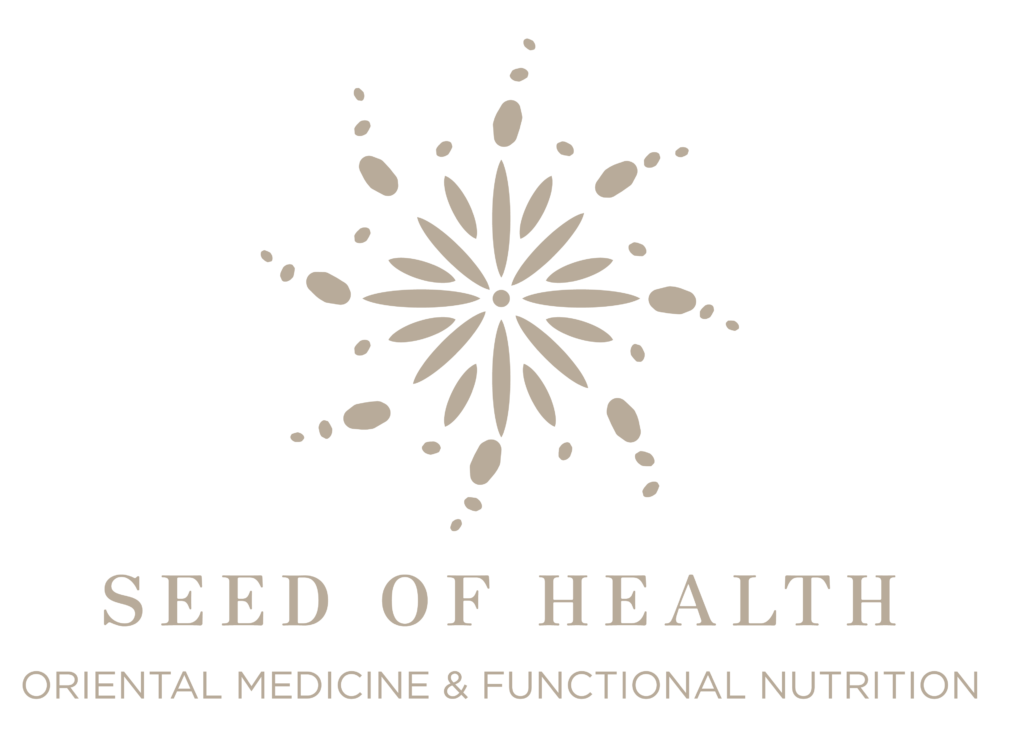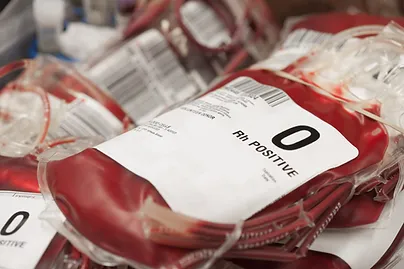
Blood
Represents what is currently in circulation at that moment.
“The Transportation System of nutrients”
- Shows recently circulated Metals, flagging acute intoxication.
- Heavy metal levels in the blood are subject to several environmental factors.
- Homeostasis – to preserve life, the body will naturally push or “dump” toxins that enter the bloodstream immediately into the peripheral, fatty, and organ tissues.It does this to stabilize normal bodily functions.
The Amount of Minerals and Trace Elements is kept fairly constant in the blood.
- E.g. Muscle Cramp symptoms – Magnesium level in serum & RBC compared to Bio Balance Test.

